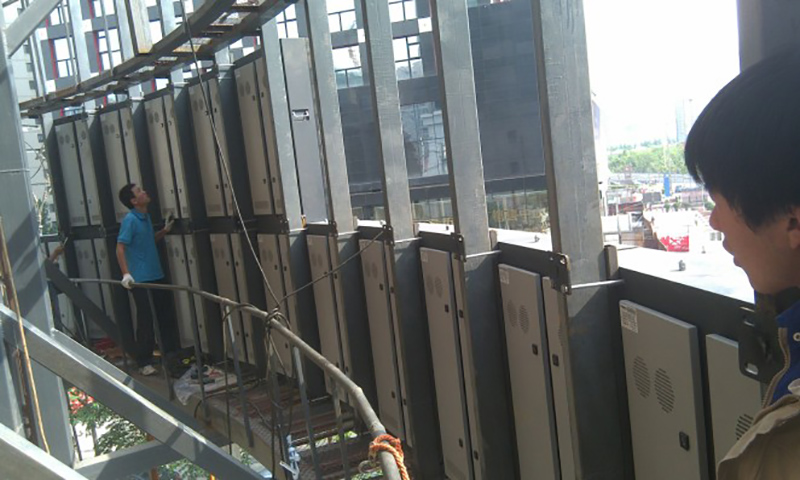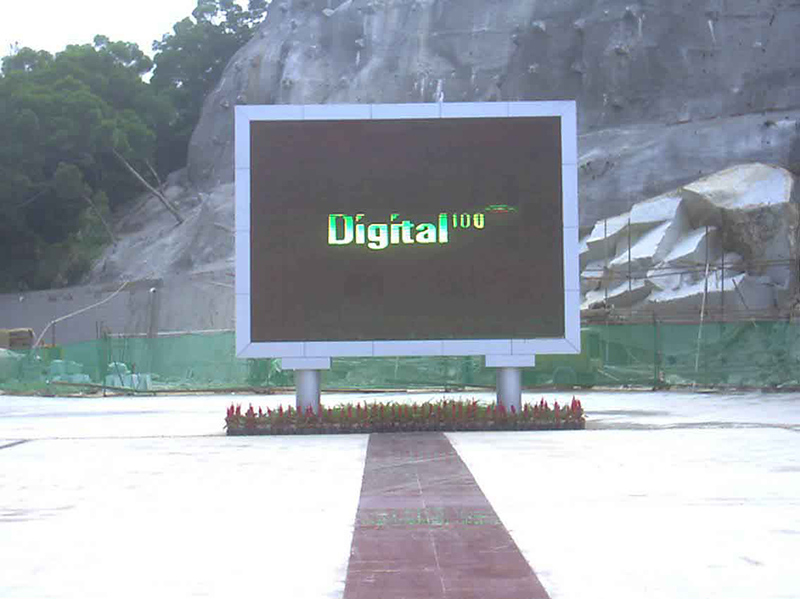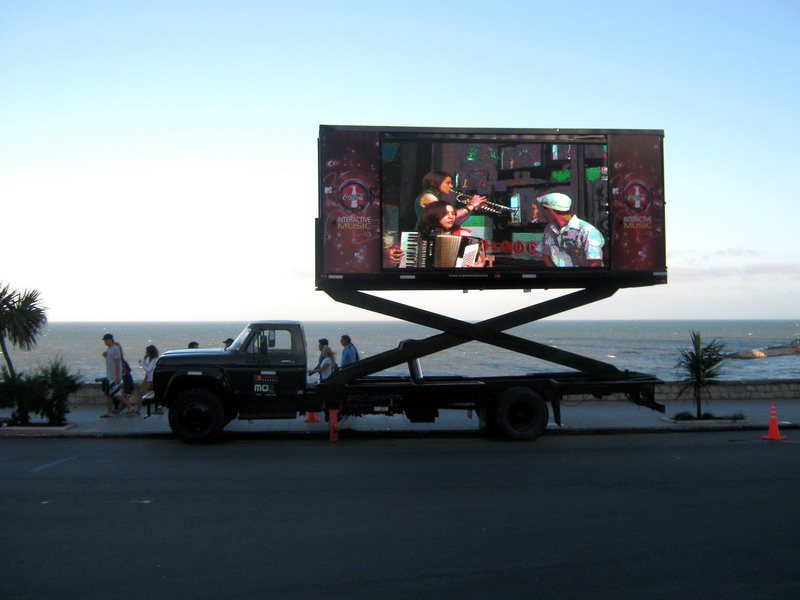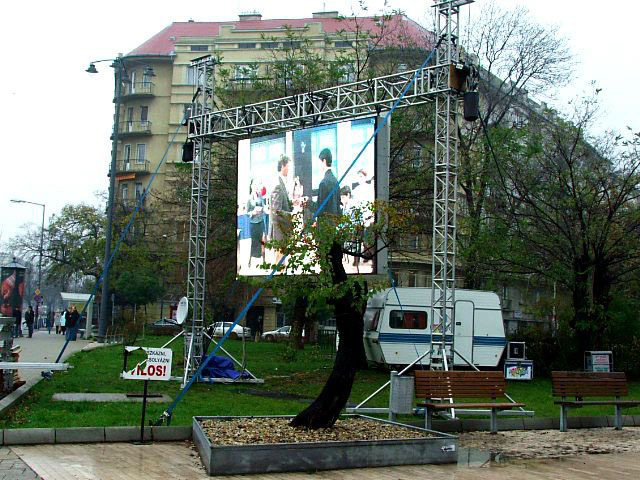A Comprehensive Overview of Outdoor LED Display Installation Methods
Outdoor LED displays have become an essential tool for advertising, information dissemination, and visual communication. Their versatility and high visibility make them ideal for various applications, from commercial billboards to public event displays. However, the success of an outdoor LED display installation largely depends on the chosen installation method. This article provides an exploration of the most common installation methods for outdoor LED displays
1. Wall-Mounted Installation
Wall-mounted installations are one of the most popular methods for outdoor LED displays, especially in urban environments where space is limited. This method involves attaching the display directly to a building's exterior wall. Its advantages are space efficiency, high visibility and structural support, utilizes the building's existing structure for stability.

2. Ground-Supported Installation
Ground-supported installations involve constructing a freestanding structure to support the LED display. This method is commonly used for large billboards or displays in open areas. Its advantages are flexibility, customization and scalability, this method suitable for large displays with high visibility.

3. Suspended Installation
Suspended installations involve hanging the LED display from a ceiling or overhead structure. This method is often used for indoor-outdoor spaces, such as shopping malls, arenas, or event venues. Its advantages are aesthetic appeal, minimal ground footprint and dynamic viewing angles.
4. Mobile Installation
Mobile installations involve mounting the LED display on a trailer or vehicle, allowing it to be easily transported to different locations. This method is ideal for events, promotions, and temporary installations. Its advantages are portability, versatility and quick deployment.

5. Modular Installation
Modular installations involve assembling the LED display from smaller, pre-fabricated modules. This method offers flexibility and customization, making it suitable for various sizes and shapes. Its advantages are Customization, ease of installation and Maintenance.
Conclusion
Choosing the right installation method for an outdoor LED display depends on several factors, including the display's size, location, and intended use. Whether opting for a wall-mounted, ground-supported, suspended, mobile, or modular installation, careful planning, and attention to detail are essential. By considering the advantages, challenges, with each method, you can ensure a successful installation that maximizes the display's performance and longevity.

